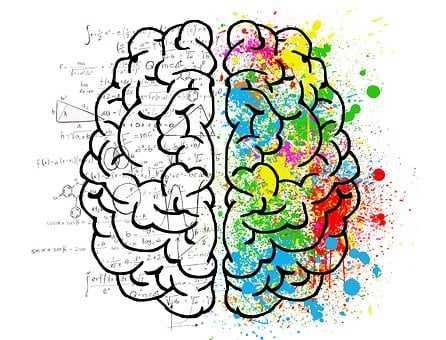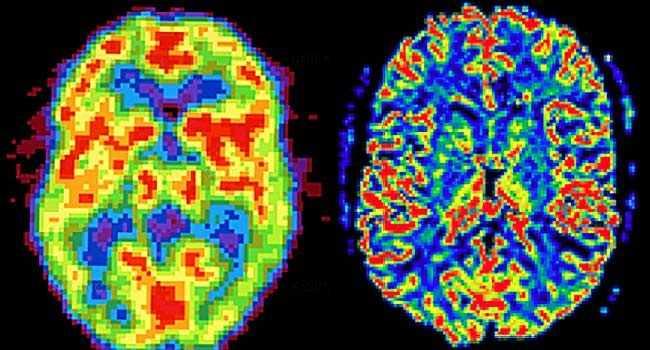Debunking the "10 percent" myth
An individual who has suffered brain damage will be unable to do certain things as a result of that damage. If the 10 percent myth were true, damage to about 90 percent of the brain wouldn't affect daily functioning.
But studies show that damaging even a small part of the brain can interfere with a function. Damage to the Broca's area prevents proper formation of words, but comprehension of language remains intact.
104
674 reads
CURATED FROM
Why You May Have Heard Humans Only Use 10% of the Brain and Why That's Wrong
thoughtco.com
3 ideas
·2.23K reads
IDEAS CURATED BY
Passionate tv nerd and lifelong web junkie. I love sleeping. Sleeping is a science and I study it.
The idea is part of this collection:
Learn more about health with this collection
How to create a positive work environment
Techniques for cultivating gratitude and mindfulness at work
How to find purpose in your work
Related collections
Similar ideas to Debunking the "10 percent" myth
The 10 percent myth
A common myth is that humans only use 10 percent of their brainpower. About 65 percent of Americans believe this, according to a 2013 study. A 1998 study showed that a third of psychology majors, who focus on the brain, also believe this.
However, scientists have consistently shown that h...
Myth: We only use 10% of our brains
We've heard this myth countless times from many different films or even in some of the fiction books we've read, but the reality is it continues to be a work of fiction. If this myth were true, we wouldn't be worried about brain damage that has profound consequences for our cognition and function...
Read & Learn
20x Faster
without
deepstash
with
deepstash
with
deepstash
Personalized microlearning
—
100+ Learning Journeys
—
Access to 200,000+ ideas
—
Access to the mobile app
—
Unlimited idea saving
—
—
Unlimited history
—
—
Unlimited listening to ideas
—
—
Downloading & offline access
—
—
Supercharge your mind with one idea per day
Enter your email and spend 1 minute every day to learn something new.
I agree to receive email updates

